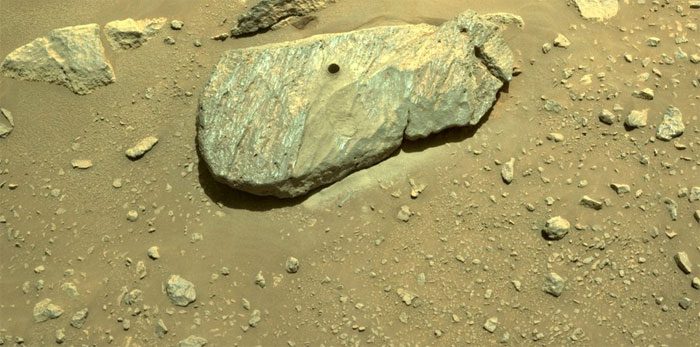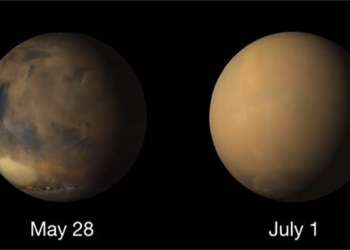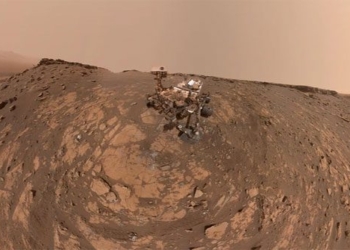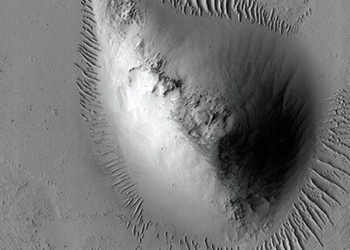The Perseverance Rover from the United States National Aeronautics and Space Administration (NASA) has successfully collected rock and soil samples on Mars to return to Earth for research purposes.
This is the second attempt by the Perseverance rover after an unsuccessful mission last month. On August 7, NASA announced that the Perseverance rover had drilled into the floor of the Jezero Crater to retrieve a fingernail-sized sample from flat rock slabs. The drill appeared to function as expected, but the rock sample did not enter the sample collection tube.

(Image provided by NASA) The Perseverance rover collects rock and soil samples on Mars for research purposes on September 1, 2021. (Photo: AFP/TTXVN)
In a statement on September 2, NASA noted that poor lighting conditions limited the agency to only capturing images after the 2-meter-long robotic arm had completed the sample collection. The Perseverance rover is expected to capture additional images on September 4 when lighting conditions improve. Jennifer Trosper, the project manager at the Jet Propulsion Laboratory (JPL) in Pasadena, stated: “The team has identified a location, selected it, and drilled at a viable site with scientifically valuable rock samples.”
The Perseverance rover was launched from Florida over a year ago. This car-sized spacecraft landed on Mars on February 18, at the Jezero Crater. Scientists believe that this crater once contained a deep lake 3.5 billion years ago, where conditions may have supported extraterrestrial life. Drilling is the first step in the sampling process, which is expected to take about 11 days. According to the research team, their target is a rock about the size of a suitcase, nicknamed “Rochette”, located approximately 900 meters from the Jezero Crater.
With the goal of searching for signs of ancient microbial life on the “Red Planet”, NASA aims to collect around 30 samples in tubes and return the collected samples to Earth in the 2030s for analysis using equipment far more sophisticated than what can currently be sent to Mars.
The scientific instruments mounted on the Perseverance rover can identify chemical and mineral components, search for organic materials, and better characterize the geological processes that have shaped Mars.





















































